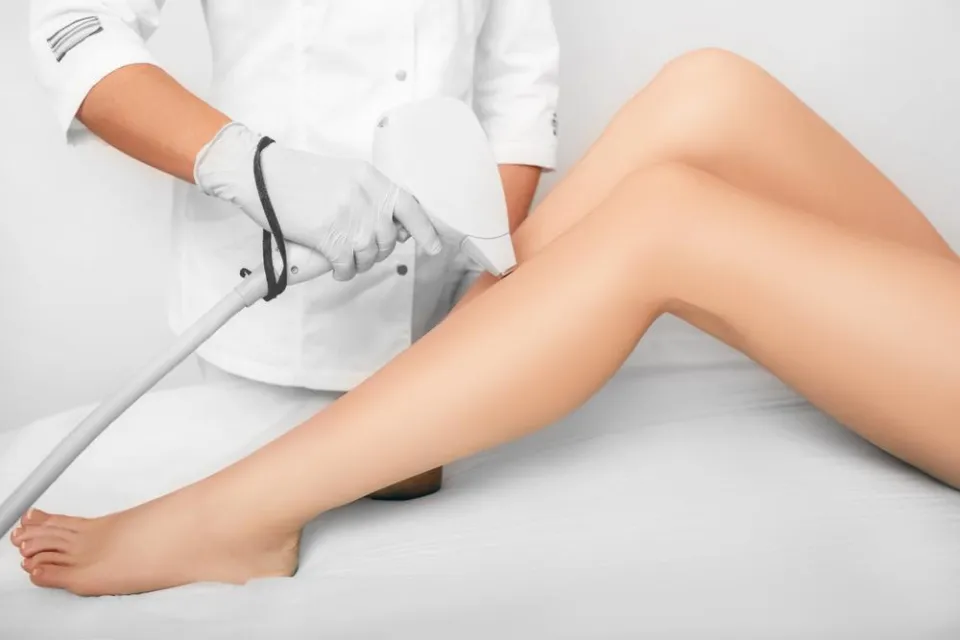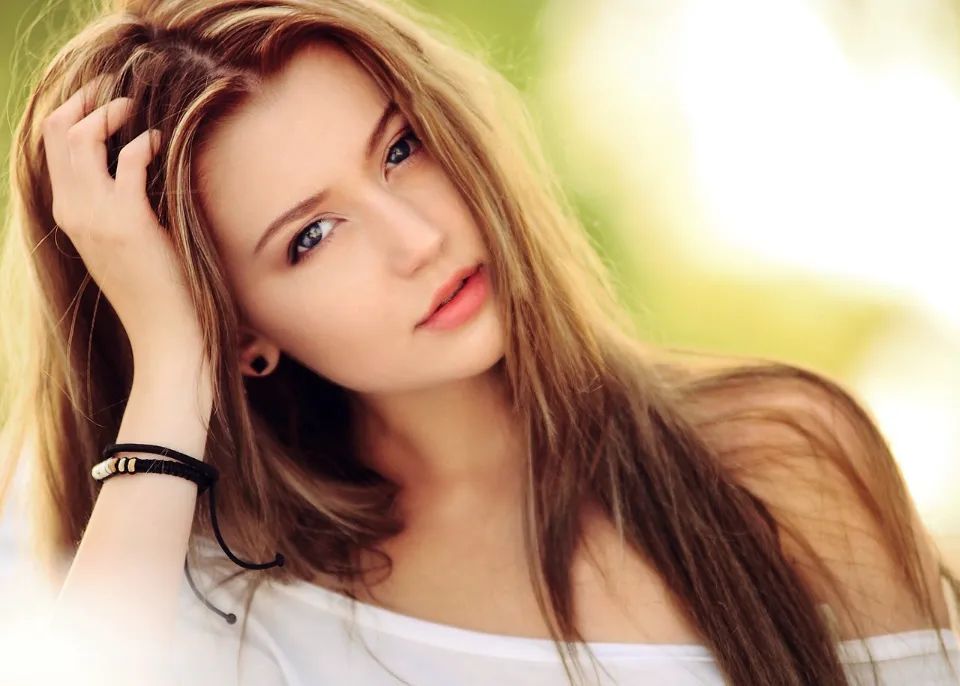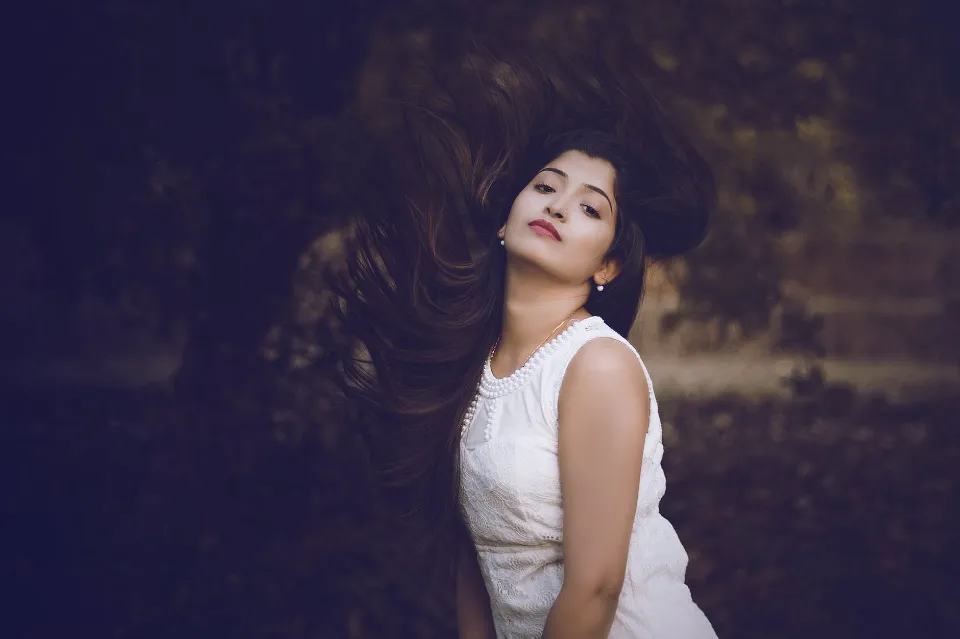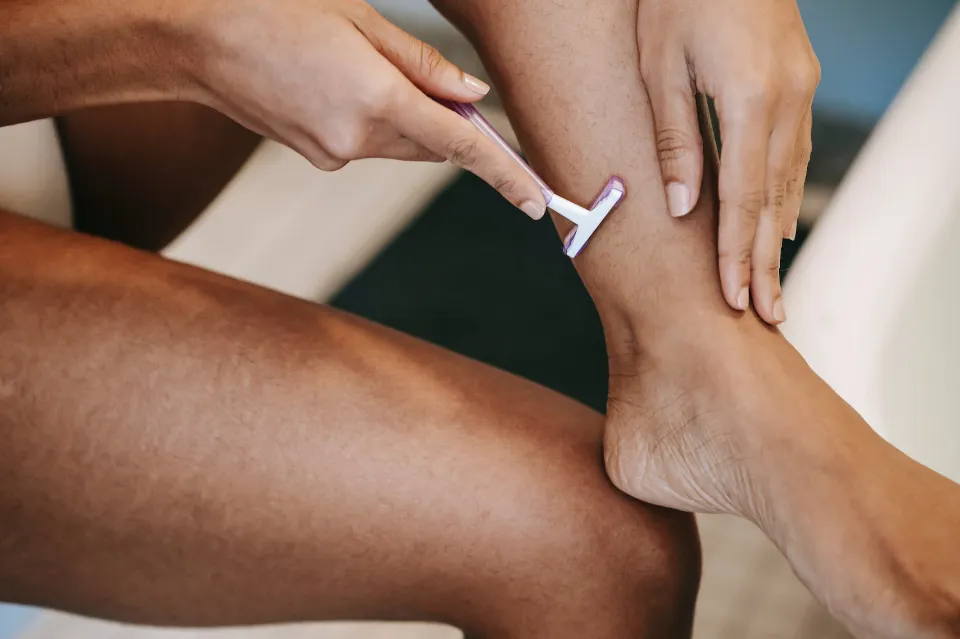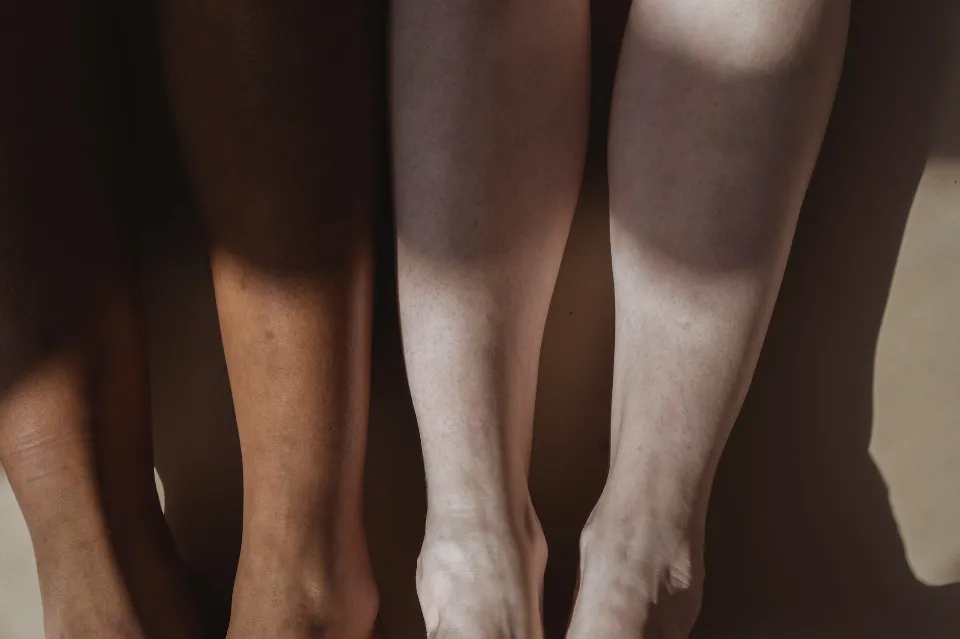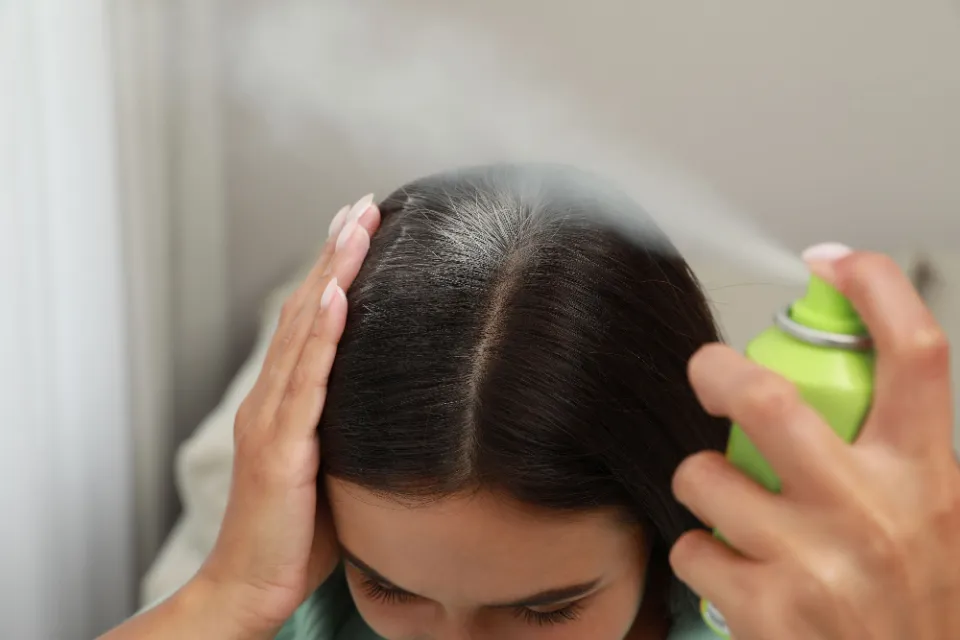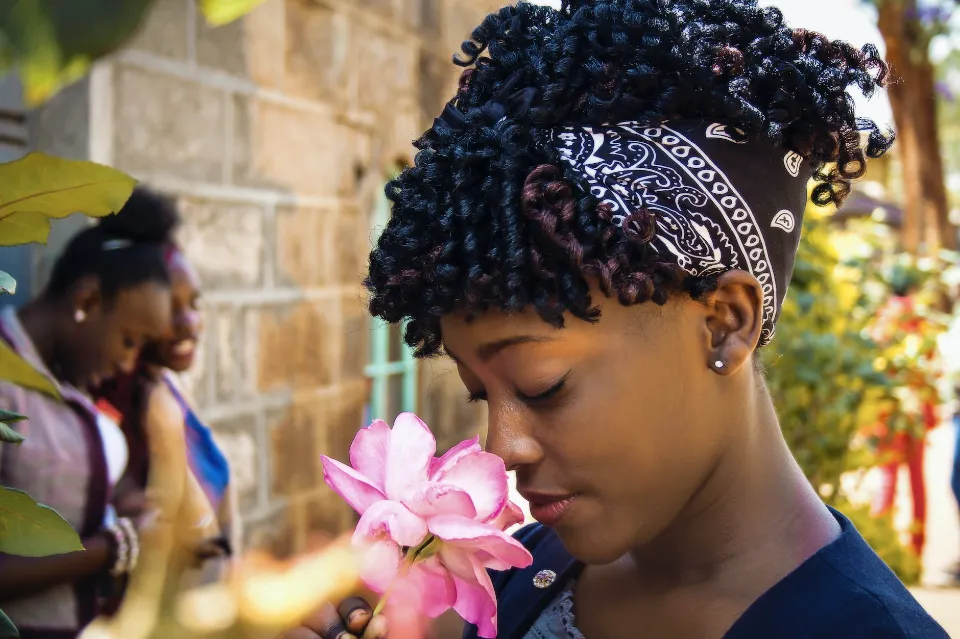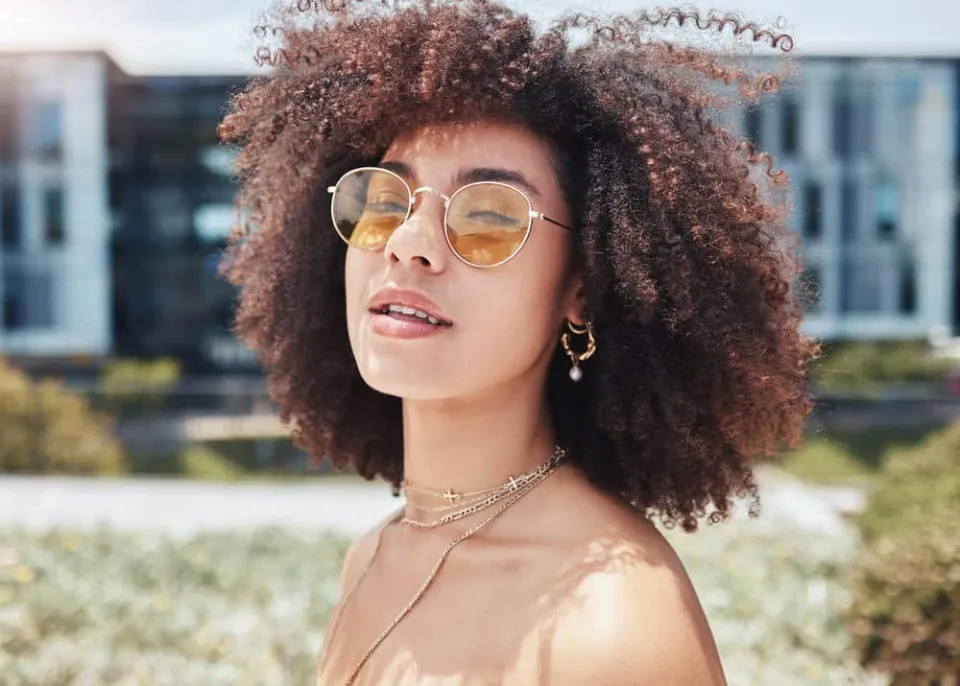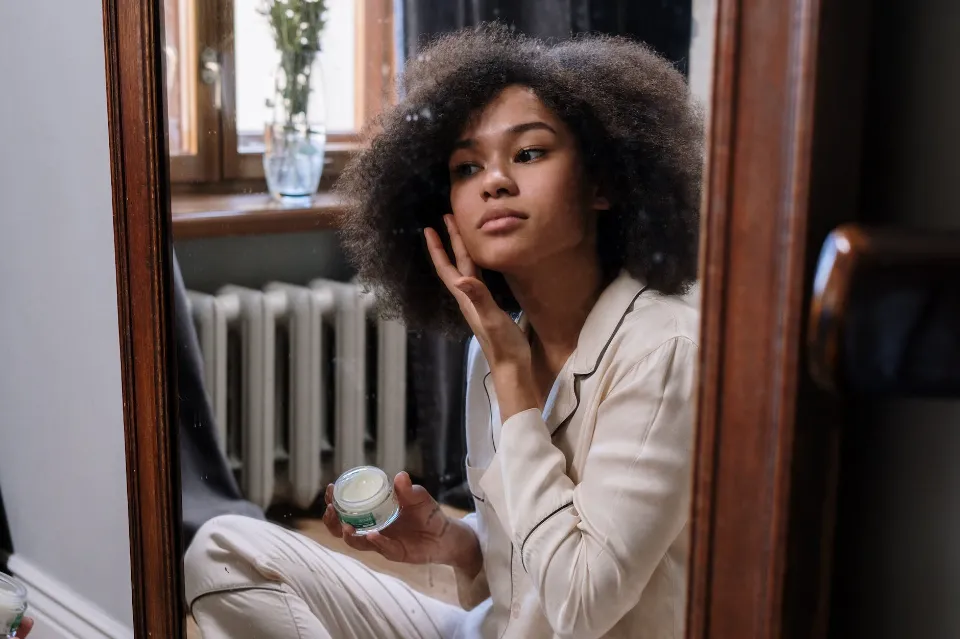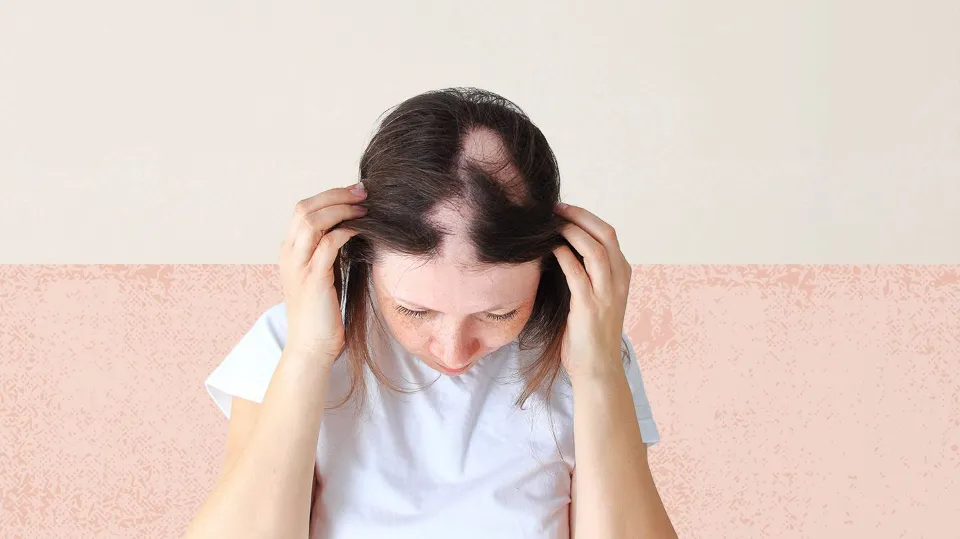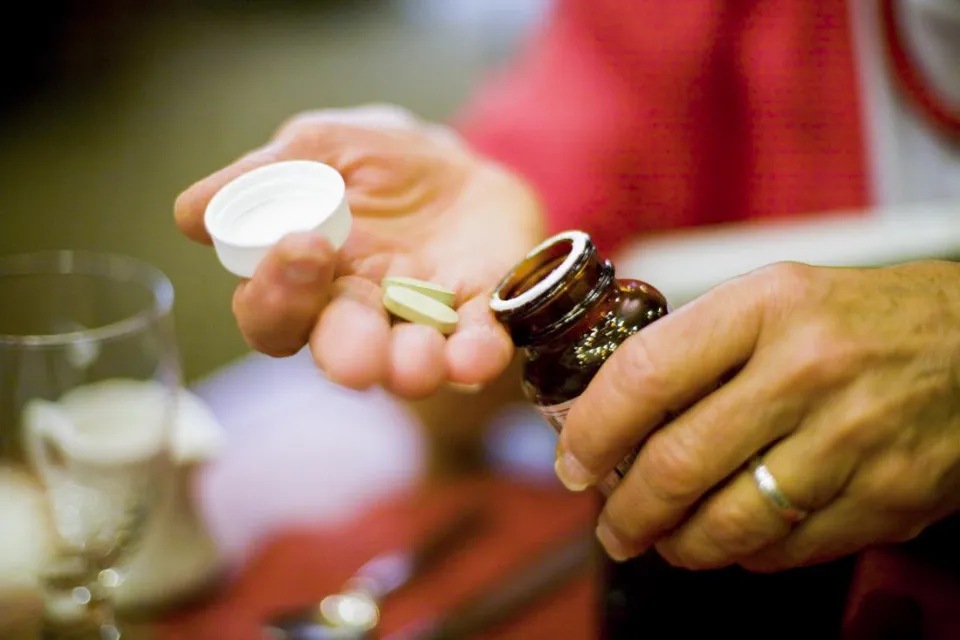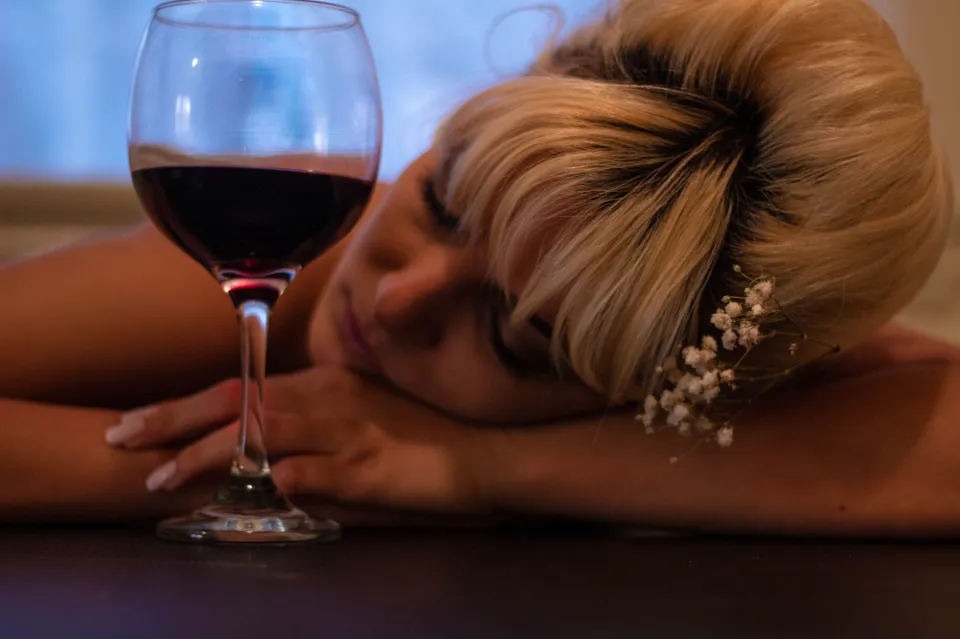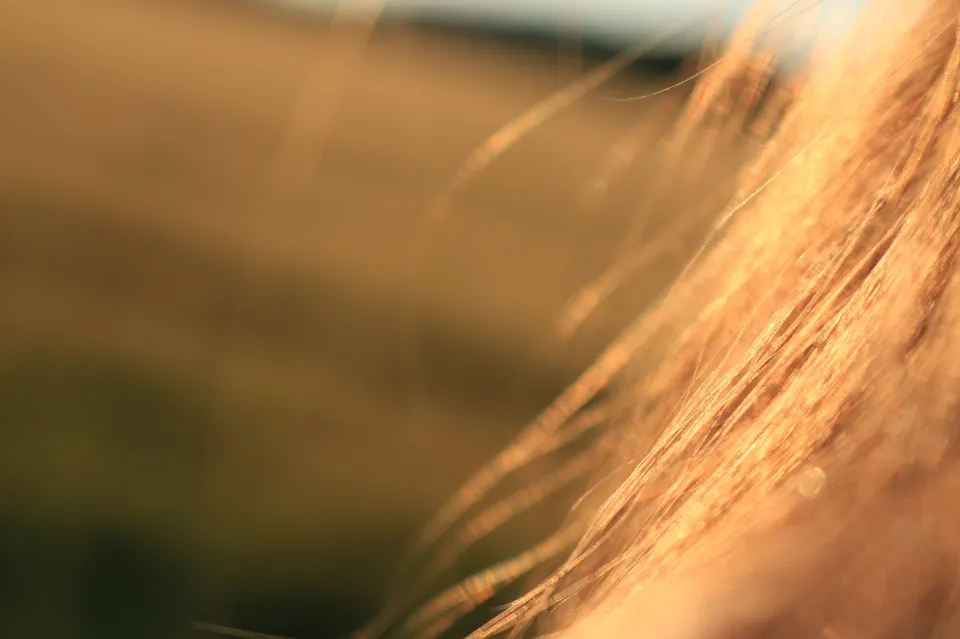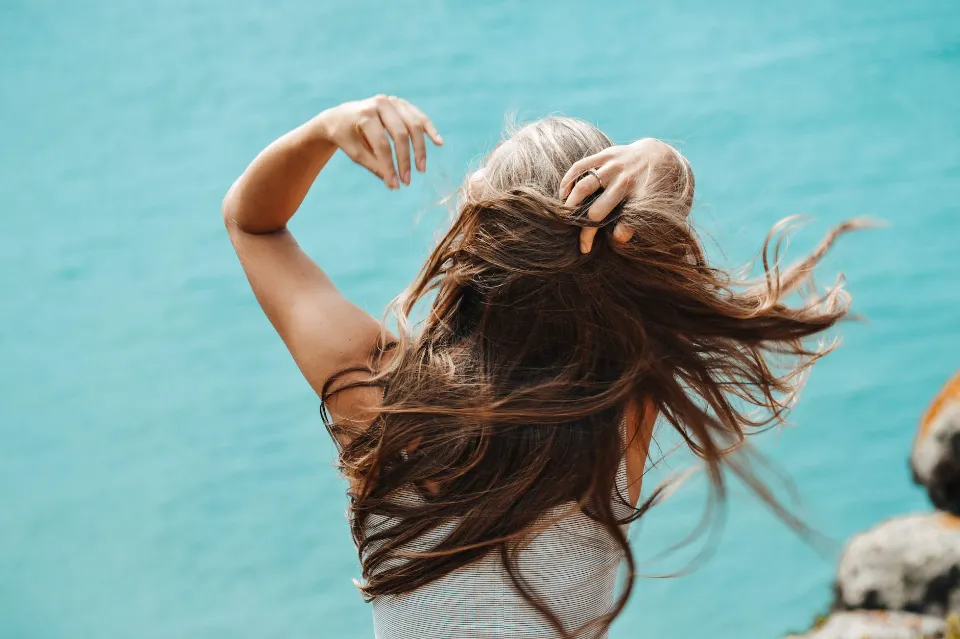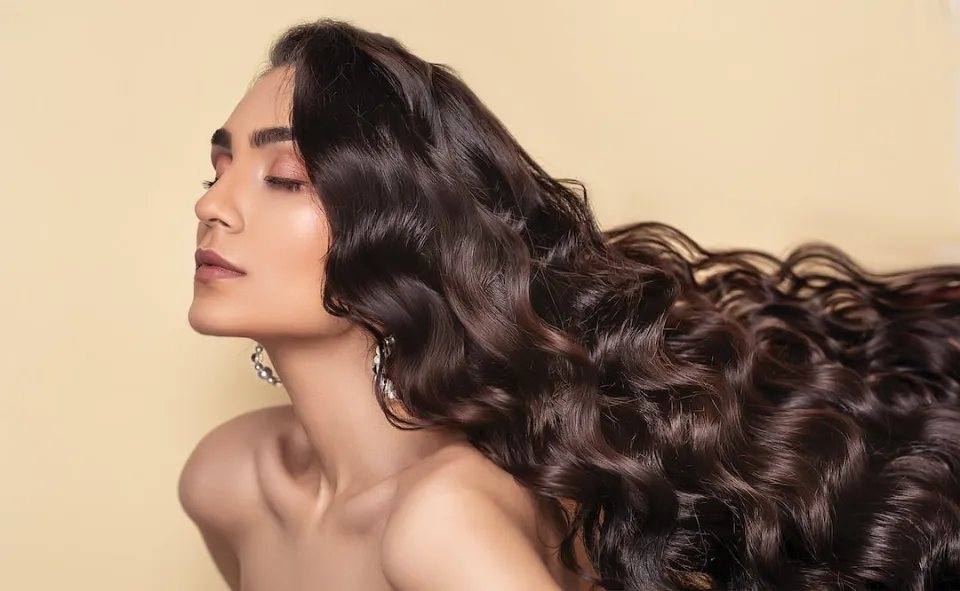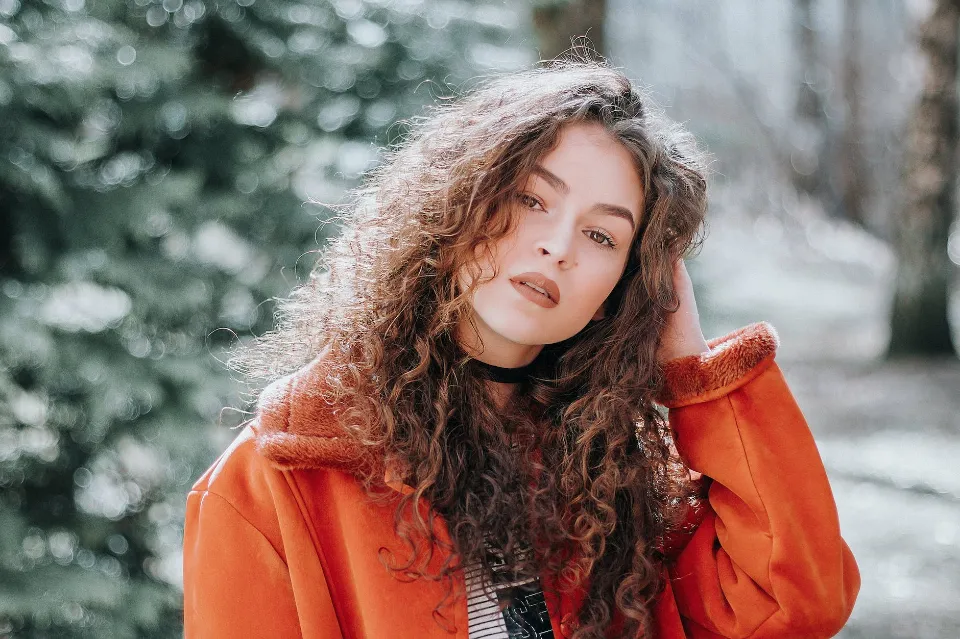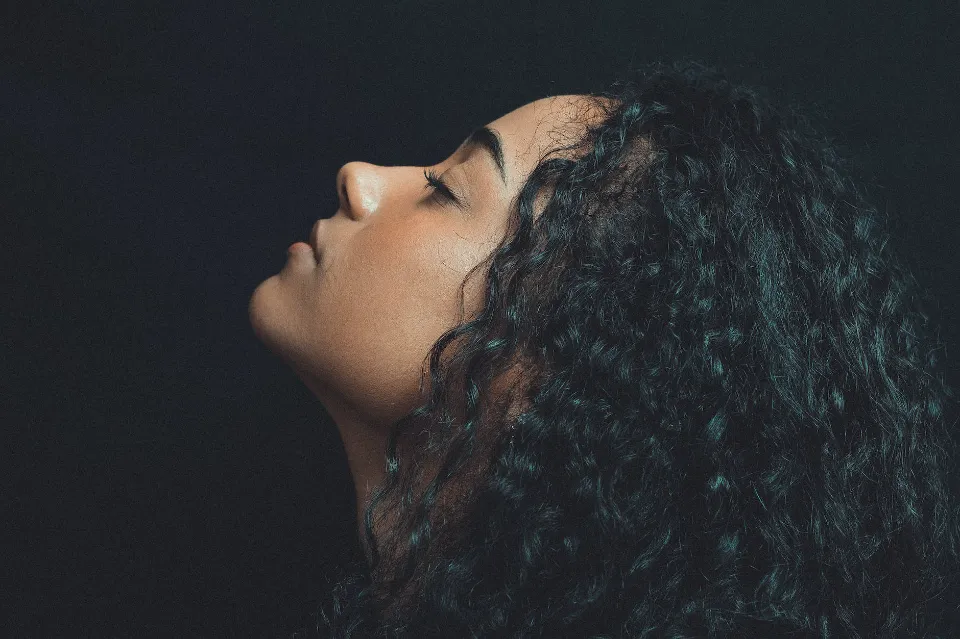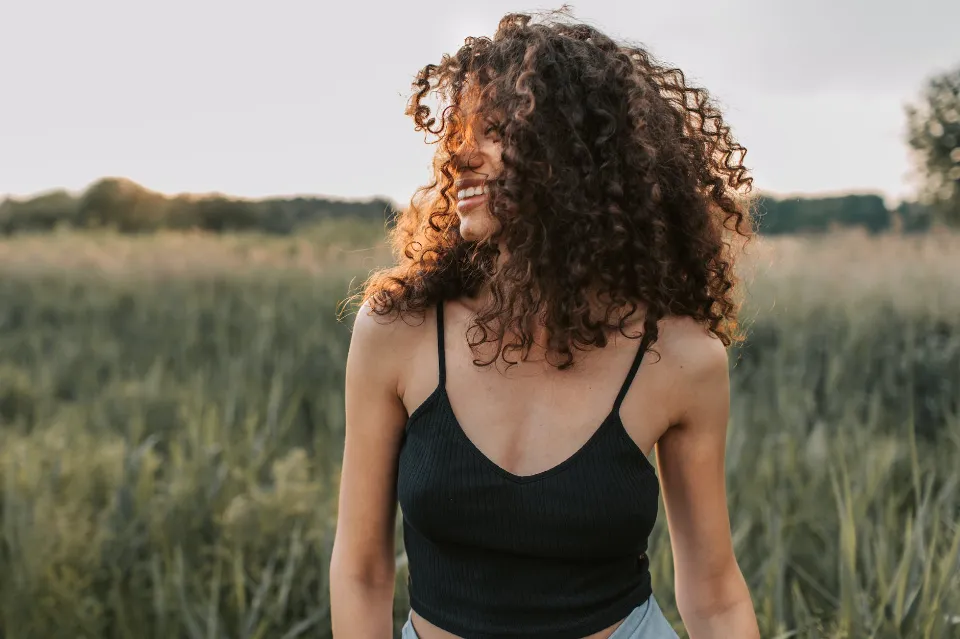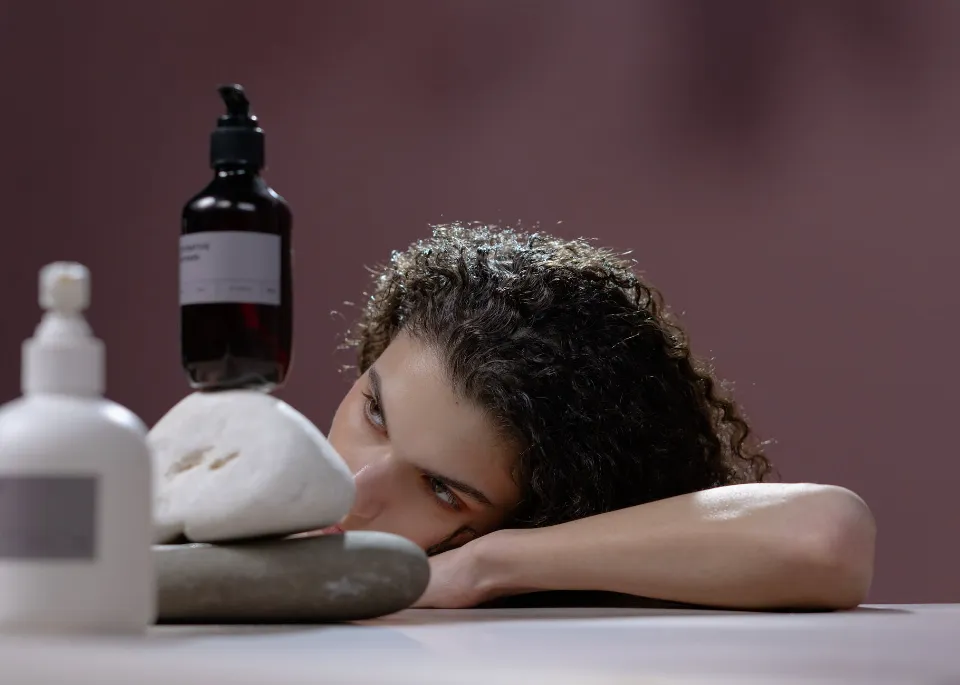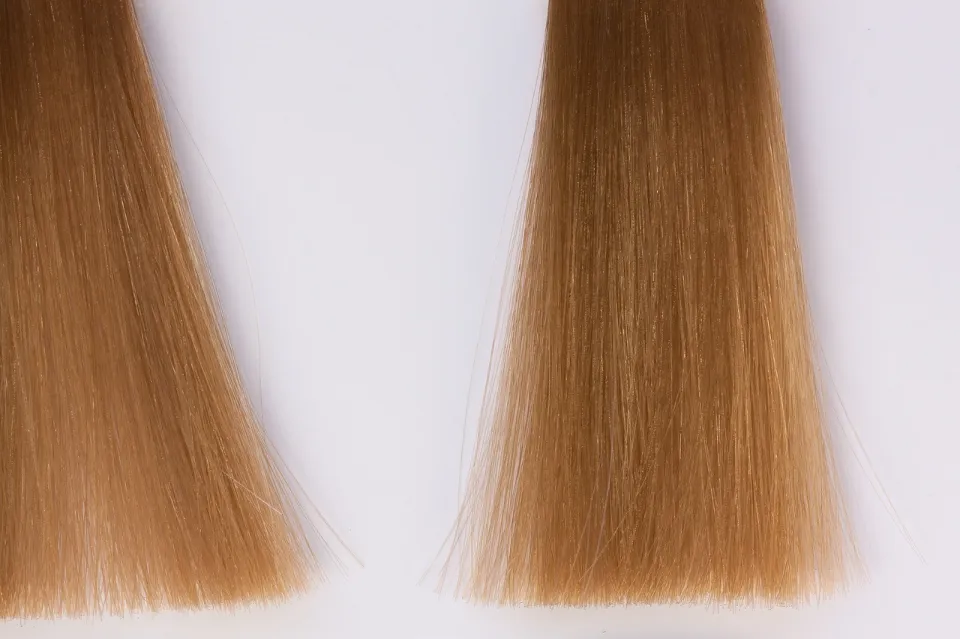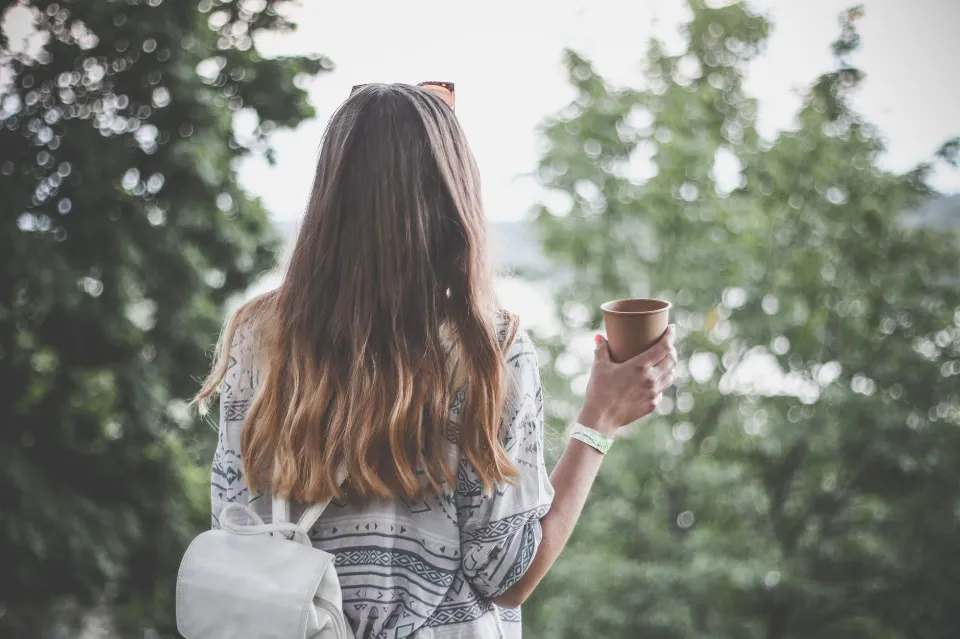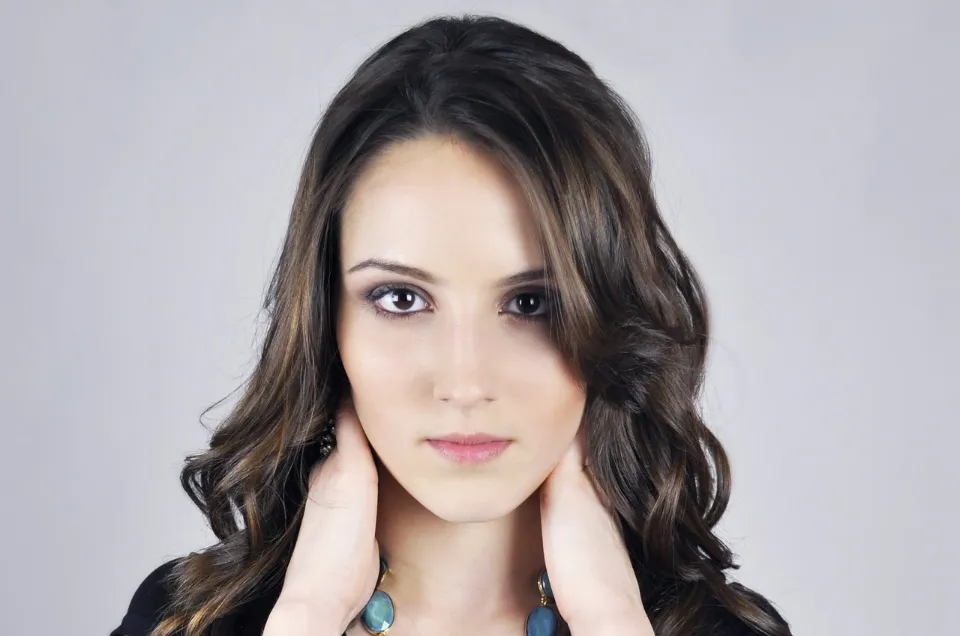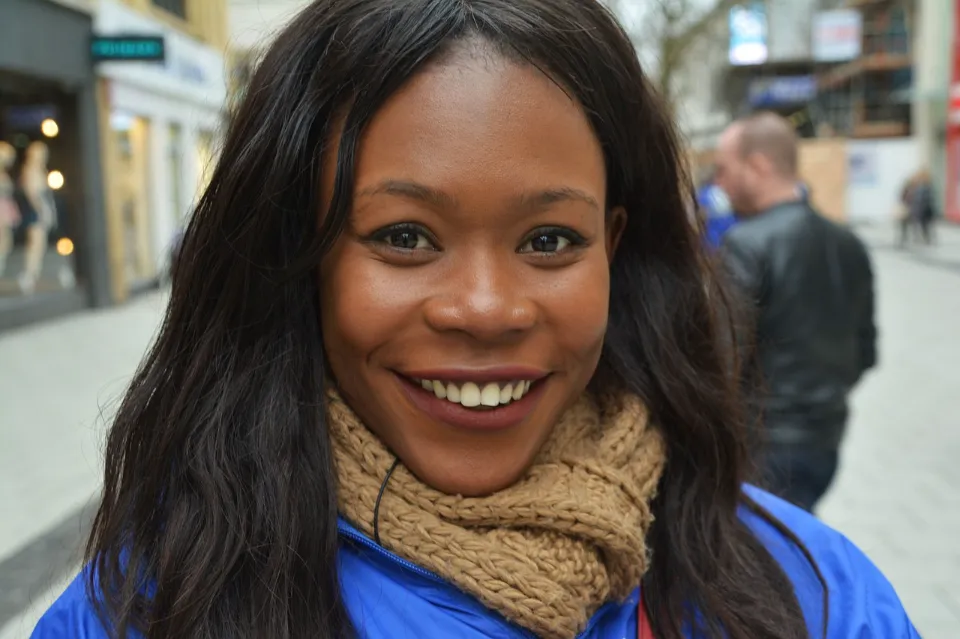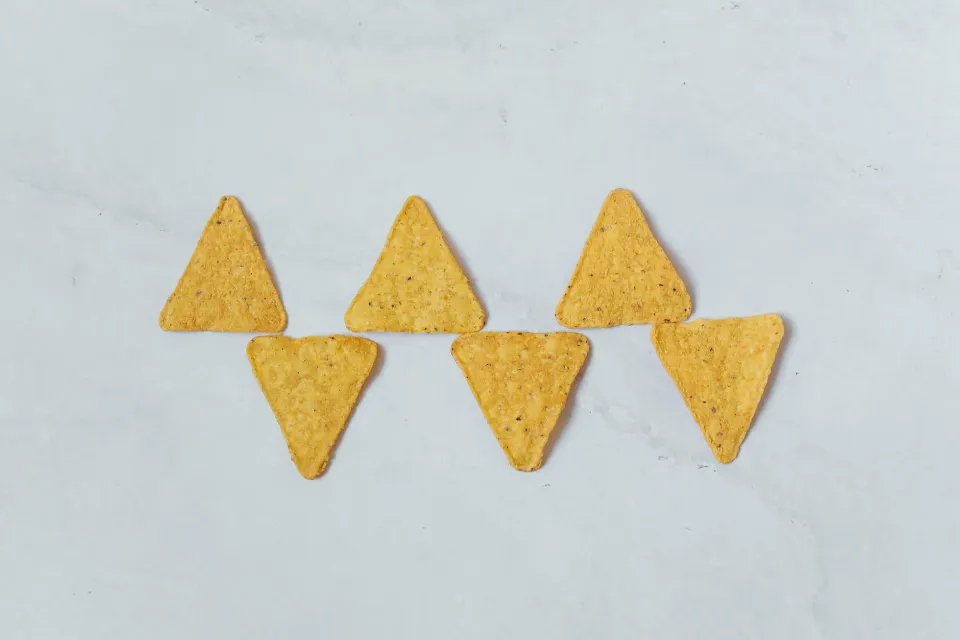Alopecia is a condition where people lose hair. Children can also experience it, even though older adults tend to experience it more frequently.
The American Academy of Dermatology (AAD) estimates that you typically lose between 50 and 100 hairs per day. With about 100,000 hairs on your head, that small loss isn’t noticeable. Usually, new hair grows in to replace the lost hair, but this doesn’t always happen.
Hair damaged may start suddenly or develop gradually over time. It could either be short-term or long-term, depending on the underlying cause.
Are you attempting to determine whether you are truly losing hair or merely experiencing normal shedding? Unsure if it’s time to see a doctor? Continue reading for more details on hair loss and how to treat it.

Hair Loss Symptoms
More hair loss than usual is the primary sign of alopecia, but this sign can be trickier to spot than you might think.
The following symptoms can provide some clues:
Widening part. If you have a part in your hair, you might start to notice that it is getting wider over time. This could indicate hair thinning.
Receding hairline. The same goes if you notice that your hairline appears higher than usual; this could indicate thinning hair.
Loose hair. Check your brush or comb after using it. Are there more hairs being collected than usual? If that is the case, hair loss may be indicated.
Bald patches. These can come in different sizes and develop over time.
Clogged drains. You might discover that hair has clogged the drains in your shower or sink.
Pain or itching. You may also feel pain or itching on your scalp if you have a skin condition that is the root of your hair loss.

What Causes Hair Loss?
There are several types of hair loss, some are common and some are rarer, and each with different underlying causes.
Depending on the type of hair loss, it can be the result of genetics, internal causes, or external causes. Here’s a look at a few different types of hair loss:

Androgenic Alopecia
Androgenic alopecia refers to hereditary hair loss, like male pattern baldness or female pattern baldness, and is also known as “pattern alopecia” because it can happen to both males and females.
It’s also the most common cause of hair loss, affecting up to 50% of people.
Androgenic alopecia-related hair loss typically occurs gradually. Despite the fact that some people may start losing their hair as early as puberty, others may not start noticing symptoms until their middle years.
Female pattern baldness frequently manifests as scalp thinning all over and may appear as widening or thinning around the part. Although it usually starts after the age of 65, it can start earlier in life for some females.
Male pattern baldness typically involves progressive hair loss above the temples and thinning at the crown of the head, creating an “M” shape.
Learn more about hereditary hair loss.

Alopecia Areata
Your immune system attacks the hair follicles as a result of the autoimmune disease alopecia areata, which can cause small to large bald patches. It might result in total hair loss in some circumstances.
Alopecia areata patients sometimes also experience hair loss in their brows, eyelashes, or on other body parts in addition to scalp hair loss.
Get more information on alopecia areata.
Anagen Effluvium
Rapid hair loss is a symptom of anagen effluvium. This usually happens because of radiation treatment or chemotherapy.
After the treatment is finished, hair will typically grow back.

Telogen Effluvium
A traumatic event, a prolonged period of extreme stress, or a serious illness are examples of emotional or physical shock that can cause telogen effluvium, a type of sudden hair loss.
It can also happen because of hormonal changes, like those that happen in:
Other potential causes of telogen effluvium include:
Malnutrition including vitamin or mineral deficiency
Certain endocrine disorders
Starting or stopping hormonal birth control
Post surgery as a result of the anesthesia
Acute illnesses or severe infections like COVID-19
Several types of medications can also cause it, including:
Anticoagulants
Anticonvulsants
Oral retinoids
Beta-blockers
Thyroid medications
When the underlying cause is treated, this type of hair loss frequently returns on its own.

Tinea Capitis
A fungal infection that can affect the scalp and hair shaft is tinea capitis, also known as ringworm of the scalp. Small, scaly, itchy bald patches are the result. If not treated right away, the patch or patches will enlarge and fill with pus over time.
These patches, sometimes called a kerion, can cause scarring as well.
Other symptoms include:
It’s treatable with antifungal medication.

Traction Alopecia
Too much pressure and tension on the hair—often from wearing it in tight styles like braids, ponytails, or buns—leads to traction alopecia.
How is Hair Loss Diagnosed?
It’s best to make an appointment with a medical professional if you notice any changes in your hair because so many things can result in hair loss.
To help identify the causes, they’ll probably use a combination of your health history—including any recent illnesses, surgeries, life stressors, and family history—and a physical exam.
They might take a biopsy of the skin on your scalp if they suspect an autoimmune or skin condition. This involves carefully removing several small sections of skin for laboratory testing.
It’s critical to remember that the process of hair growth is intricate, and that diagnosing the root of your hair loss may require a number of tests. If the root causes are initially incredibly unclear, a biopsy may also be performed.
In order to look for signs of an underlying condition or nutrient deficiencies, they may also order blood tests.

What Are the Treatment Options for Hair Loss?
Numerous treatments are available for hair loss, but the one that will work best for you will depend on the root of the problem.
Topical or oral medications are typically used as the first line of treatment for the most prevalent types of hair loss.
The majority of over-the-counter (OTC) medications come in the form of topical creams, gels, solutions, foams, or solutions that are applied directly to the scalp. A component called minoxidil is found in the most popular products.
In particular for male pattern baldness, prescription drugs like finasteride (Propecia) may help stop further androgenetic hair loss. You take this medication daily to slow hair loss, though some experience new hair growth when taking finasteride.
If hair loss appears to be related to an autoimmune condition, your doctor may advise anti-inflammatory drugs, such as corticosteroids.
A few types of laser therapy, microneedling with PRP, and other oral medications are among the more recent treatments that are also being investigated. But more research will be required because many of these treatments are still in the early stages of testing.

Hair Transplant Surgery
Moving tiny skin plugs with a few hairs each to bald areas of your scalp is the procedure known as hair transplant surgery.
Given that inherited baldness usually affects the top of the head, this is effective for those who have it. You might require several procedures over time if your hair loss is progressive in some cases.
It’s important to note that this approach is unlikely to be beneficial or helpful for people who have alopecias scarring.

How Can I Prevent Hair Loss?
There are a few things you can do to minimize hair loss:
Hairstyles should be free-flowing. Keep your braids, buns, or ponytails loose if you frequently wear your hair in these styles to prevent undue stress on your hair.
Don’t touch your hair. Avoid pulling, twisting, or rubbing your hair as much as you can.
Pat hair dry. After washing, use a towel to gently pat your hair dry. Avoid rubbing your hair with the towel or twisting it within the towel.
Aim for a balanced diet that is nutrient-rich. Make an effort to include a lot of iron and protein in your meals and snacks.
Frequently, hair loss is caused by styling supplies and equipment. Examples of products or tools that can affect hair loss include:
Blow dryers
Heated combs
Hair straighteners
Coloring products
Bleaching agents
Perms
Relaxers
Use the lowest heat settings and only style your hair with heated tools when it is completely dry.
Use a mild baby shampoo to wash your hair if you’re experiencing hair loss right now. Unless you have extremely oily hair, consider washing your hair only every other day or less.

When to See a Doctor About Hair Loss
For any unexplained hair loss, it is best to consult a medical expert who can determine the underlying cause and the most appropriate course of action.
During your appointment, be sure to mention any other unusual symptoms you’ve noticed, including:
Fatigue
Unexplained weight loss
Fever
Changes in bowel movements
Rashes or other skin changes on your scalp or body
Recent surgeries or medical procedures
Changes to your diet and nutrition
Any new immunizations or medications
It will also be helpful if you can provide details about how quickly the hair loss started and whether there is any balding in your family.
Find more hair loss information on Home Services Offers


